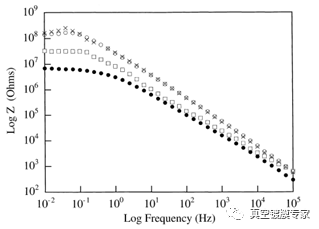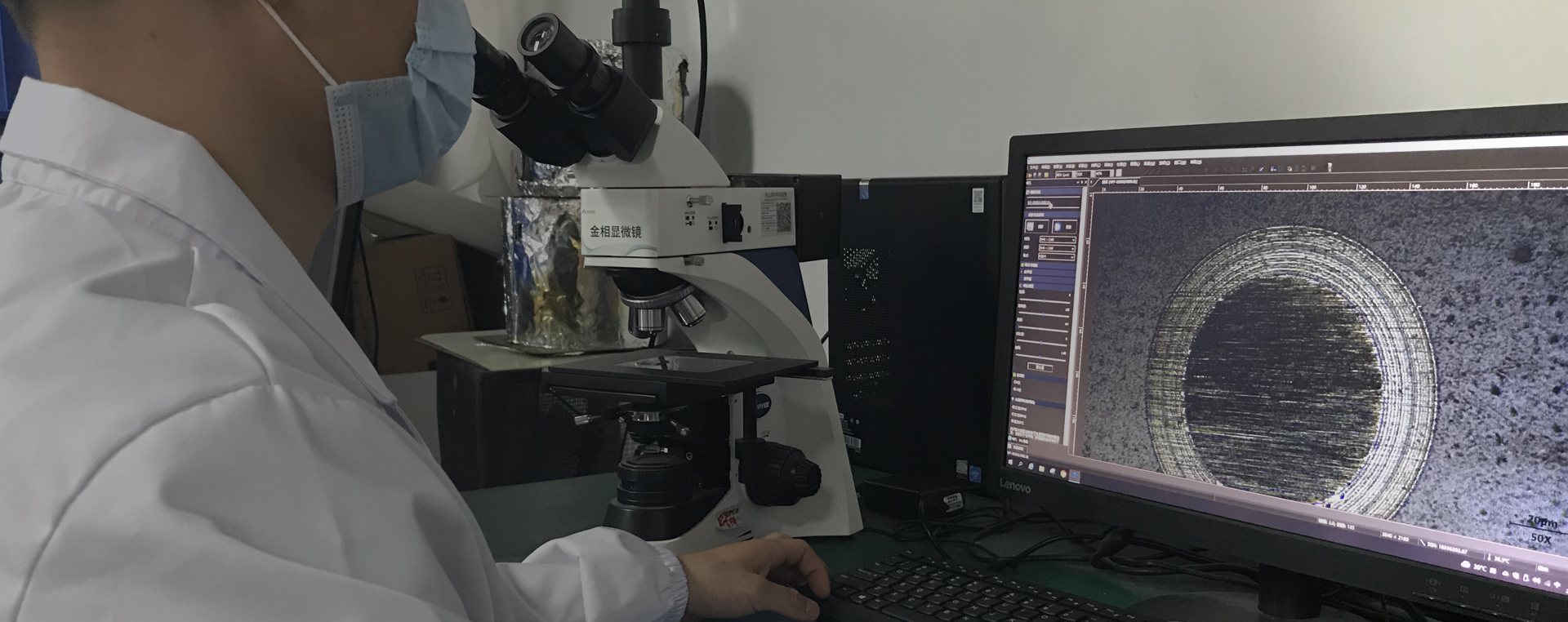Corrosion resistant films prepared by HMDSO precursor system
The introduction
Metal products are indispensable in life, from ships and planes to nails and screws. The development of modern industry is based on metal as the skeleton, but metal is easy to corrode in the process of use. There are many kinds of anti-corrosion technology, vacuum coating is one of them. The use of PVD technology on the surface of a layer of corrosion resistant film layer, the plane or simple structure of the parts can play a very good protection; For complex structures, when all surfaces are required to be coated with protective film, CVD often has better coating ability and coverage due to its own principle. Using HMDSO as a precursor, a corrosion resistant film can be prepared on metal surface by PACVD technology.
content
In the process of preparing thin films in HMDSO/O2 atmosphere, HMDSO, as the silicon source, has a large number of H, OH, C groups in the process of ionization. C. Vautrin-ul et al. [1] used 2.45GHz microwave as an ion source to study the effect of HMDSO/O2 ratio on the composition and corrosion resistance of the generated films. FIG. 1 shows the ionization of gases measured by OES at different HMDSO/O2 ratios. We can see that with the increase of HMDSO ratio, the C group in plasma increases and the O group decreases. This change has an important effect on the composition of the membrane layer. When the proportion of HMDSO is low (about 20%), the membrane is close to silicon oxide; At high levels of HMDSO (about 80%), the membrane is more like a polymer.
HMDSO as silicon source
FIG. 1 Ionization of gases with different HMDSO/O2 ratios
According to different proportions of HMDSO/O2 atmosphere conditions, C. Vautrin-ul [1] et al. analyzed its corrosion, as shown in FIG. 2. When the proportion of HMDSO is 80%, the impedance reaches the maximum value, indicating that its corrosion resistance reaches the maximum. As the proportion of HMDSO decreases, the impedance also decreases, and the corrosion resistance decreases.
FIG. 2 EIS of the membrane under different HMDSO/O2 ratios (□) HMDSO/O2 100/0, (×) HMDSO/O2 80/20, (○) HMDSO/O2 50/50, (●) HMDSO/O2 20/80HMDSO/O2 ratios

Although increasing the HMDSO/O2 ratio is beneficial to the formation of a more corrosion-resistant polymer-like film, its hardness decreases. D. Hegemann [2] et al., using RF power supply as ion source, studied the film properties deposited with different HMDSO/O2 ratios (as shown in Figure 2). When the O2/HMDSO ratio is 6.7:1, the hardness of the film is 5.8±1.4GPa.

FIG. 2 film properties prepared with different O2/HMDSO ratios
Young's modulus was 42.1±8.8GPa, which was similar to silicon oxide (hardness 9-10GPa, Young's modulus 69.3±0.4GPa). At the same time, the film density is 1.9-2.0 g/cm3, which is close to the silicon oxide density of 2.2g/cm3. Through FTIR analysis, it was found that when the O2/HMDSO ratio was more than 6:1, only si-o and si-chn (n= 2,3) were found in the film layer, which could be speculated that the composition of the film layer was SiO2, but some O atoms were replaced by si-chn (n= 2,3). With the decrease of O2/HMDSO ratio, si-h is found in the film layer, which leads to the decrease of the hardness of the film layer.
conclusion
A different ratio of HMDSO/O2 will lead to different membrane composition. When the proportion of HMDSO is 80%, the film is close to polymer, and the corrosion resistance is the strongest, but the hardness is reduced. When the film proportion is 20%, the film is close to silicon oxide, and the corrosion resistance is somewhat reduced. However, the highest hardness is B. When HMDSO is used as the precursor system to prepare the corrosion resistant film, appropriate HMDOS/O2 ratio should be selected according to the specific performance requirements, and the corrosion resistance and hardness of the film should be regulated to meet the use standard.
 18922924269
18922924269
